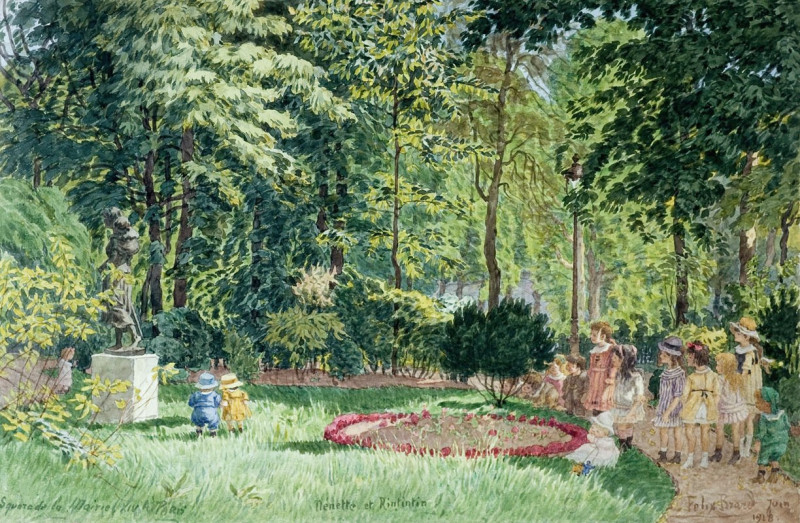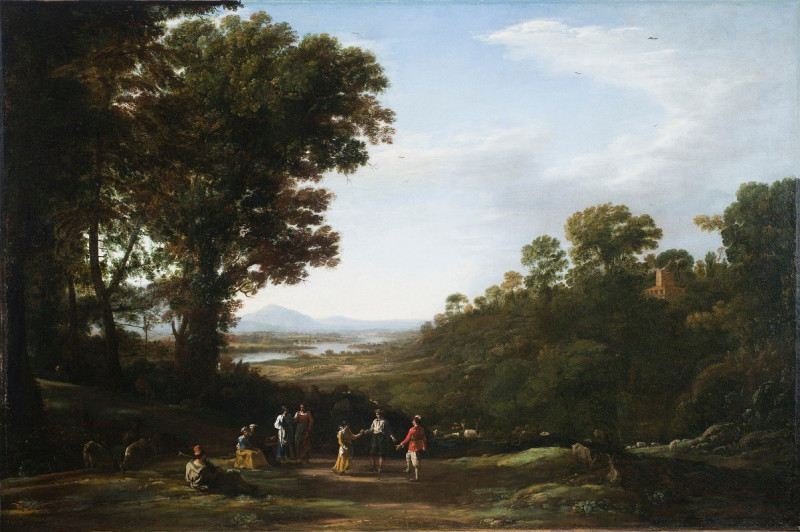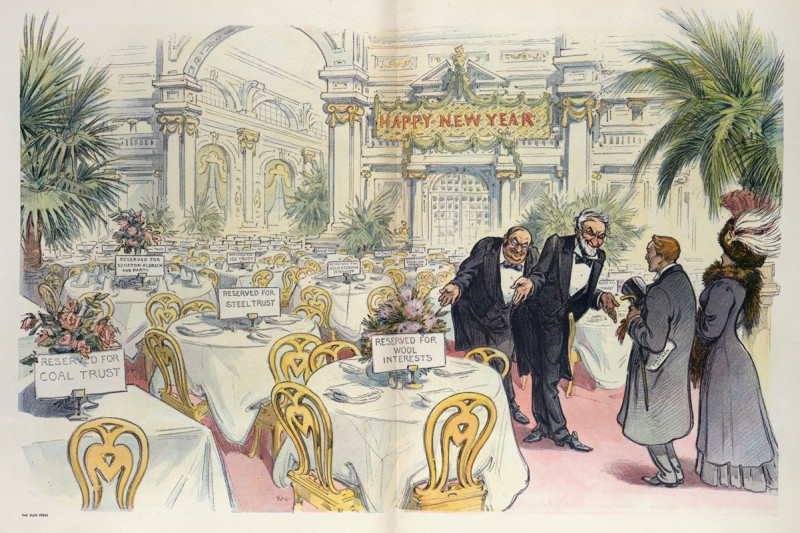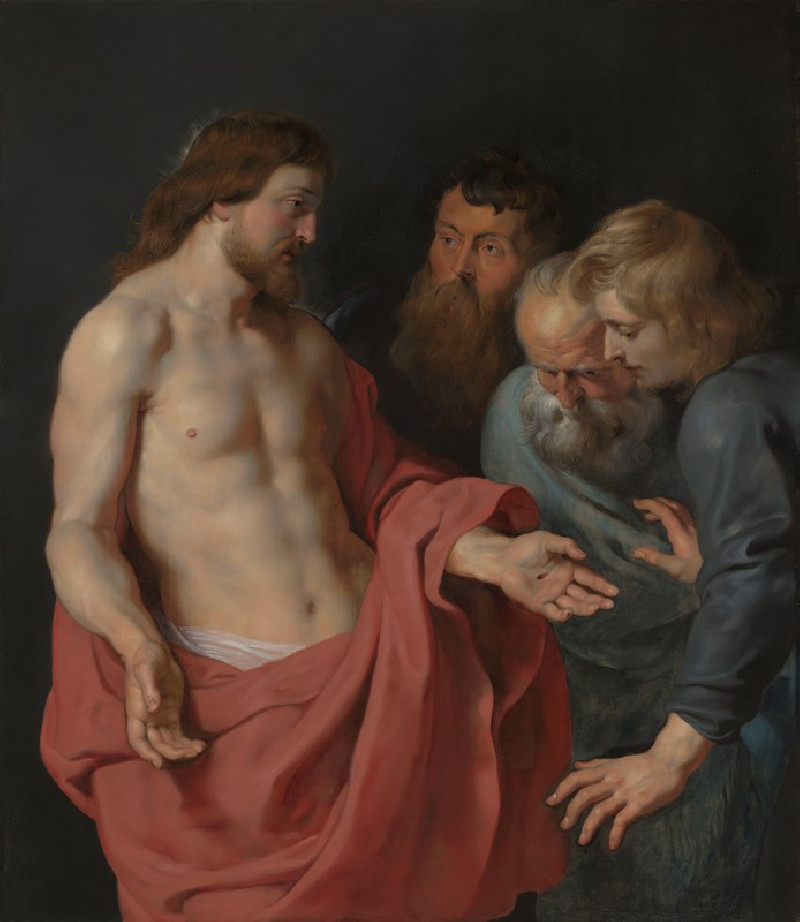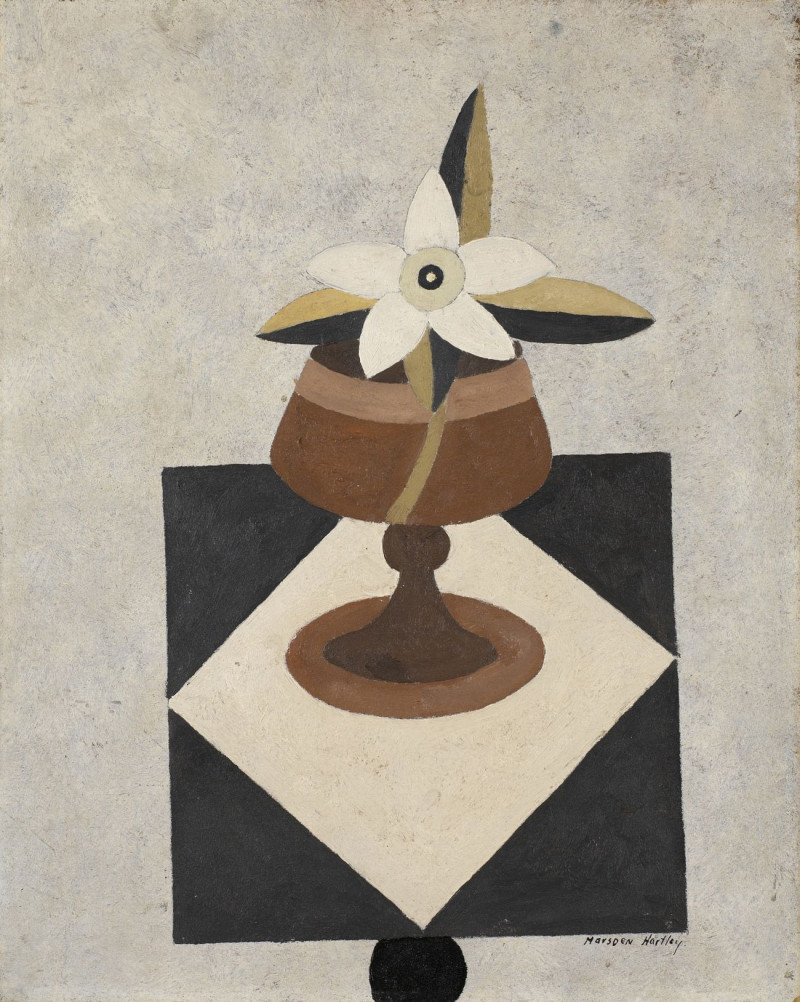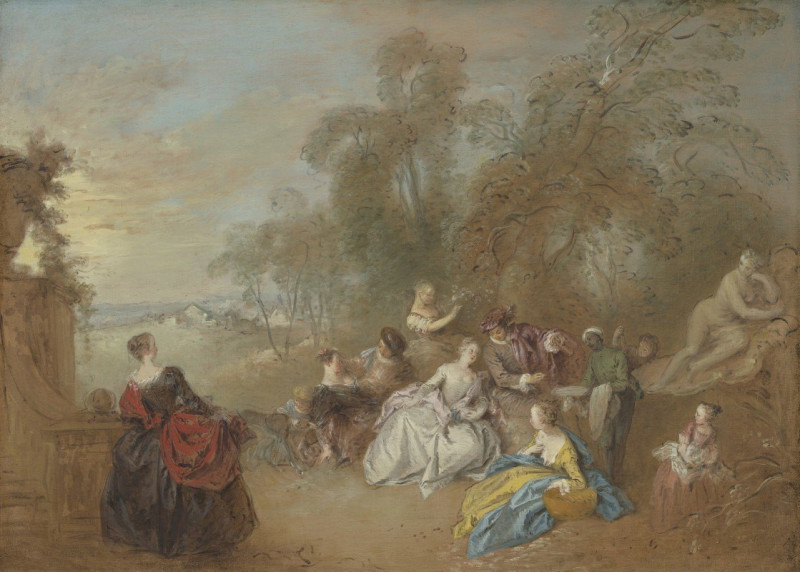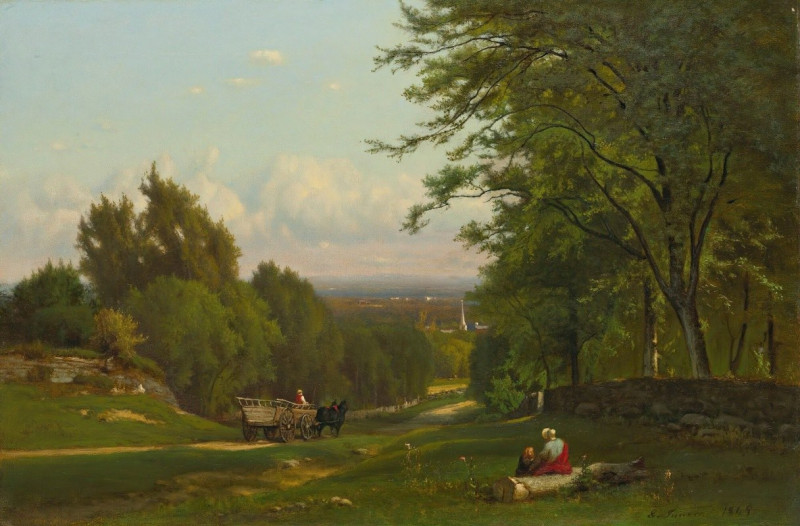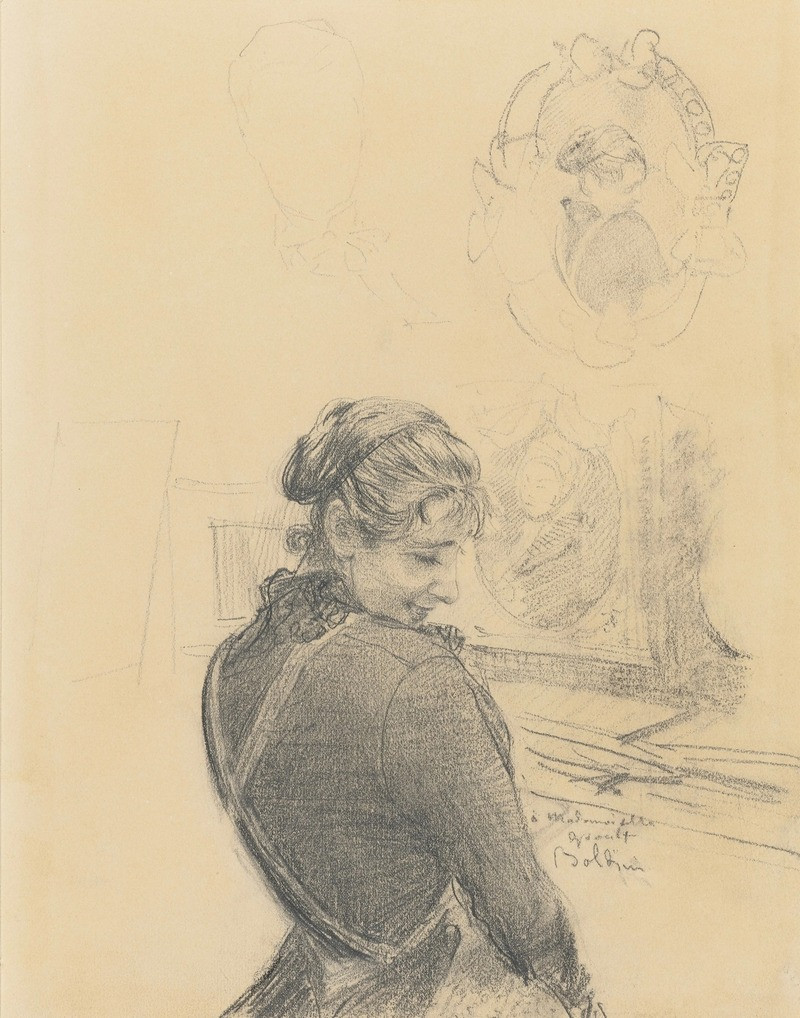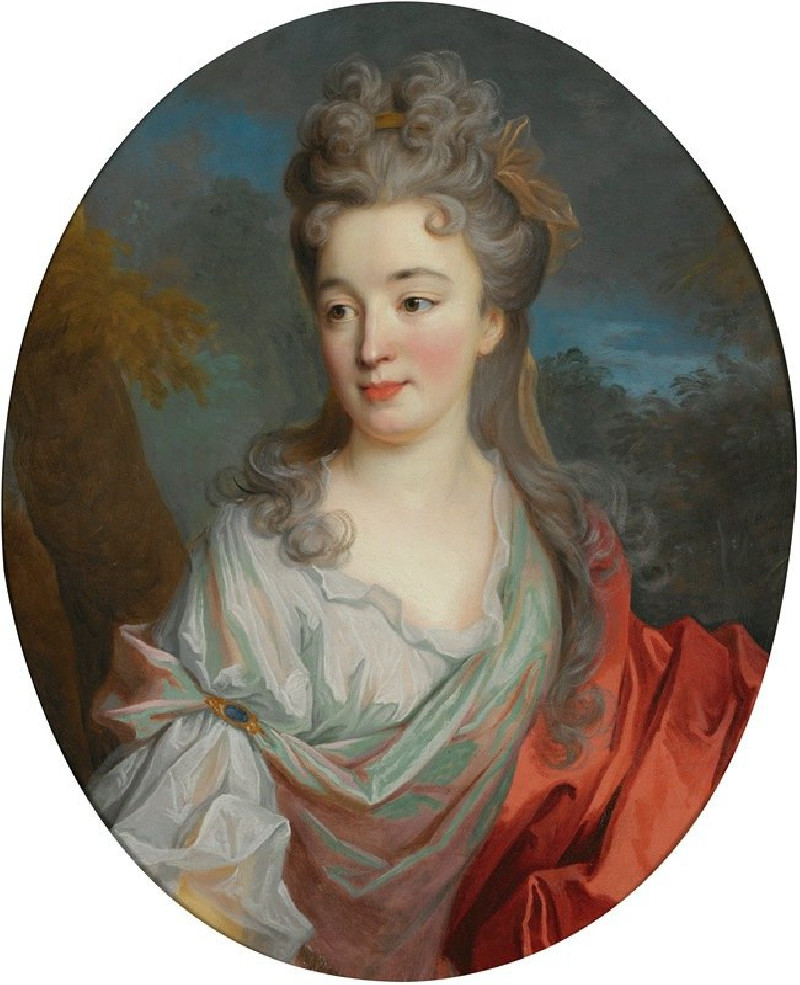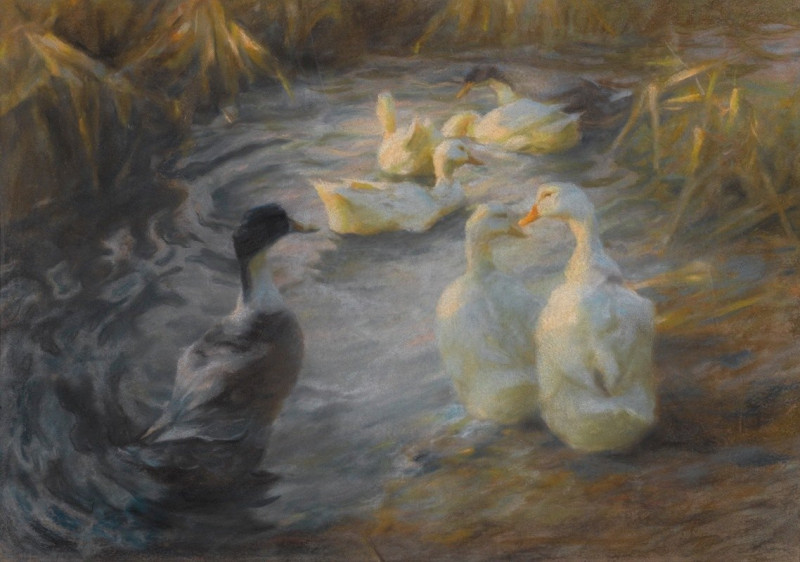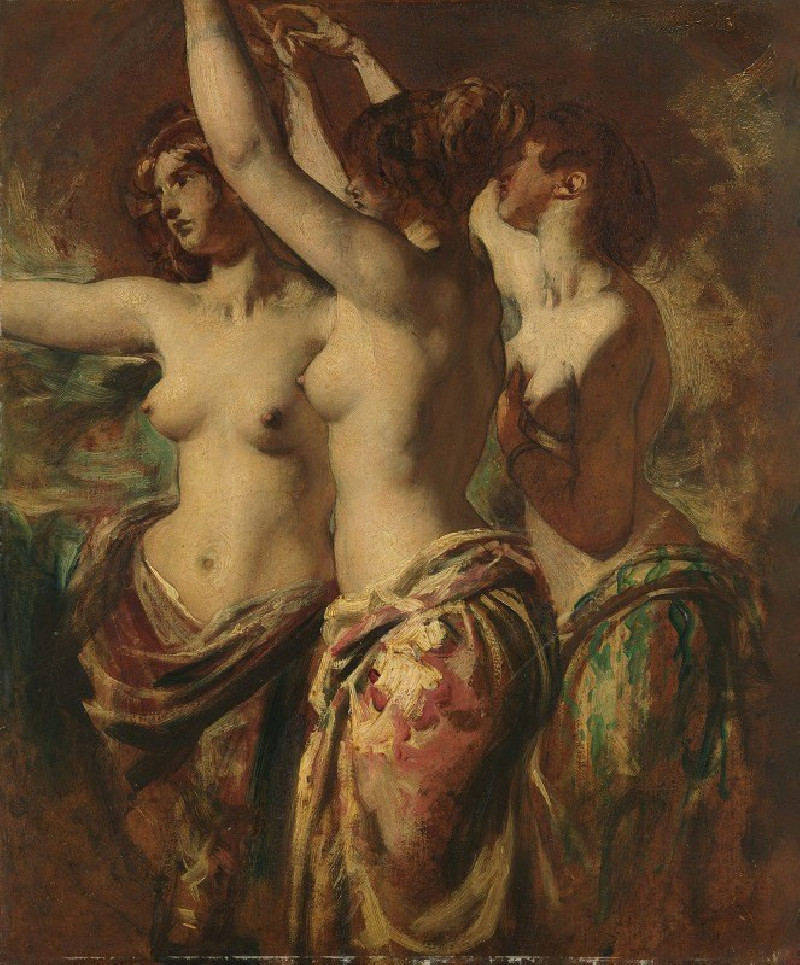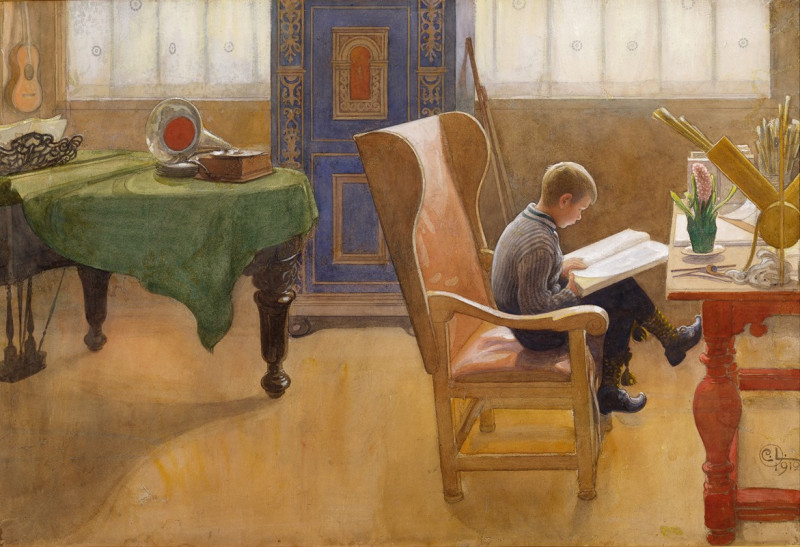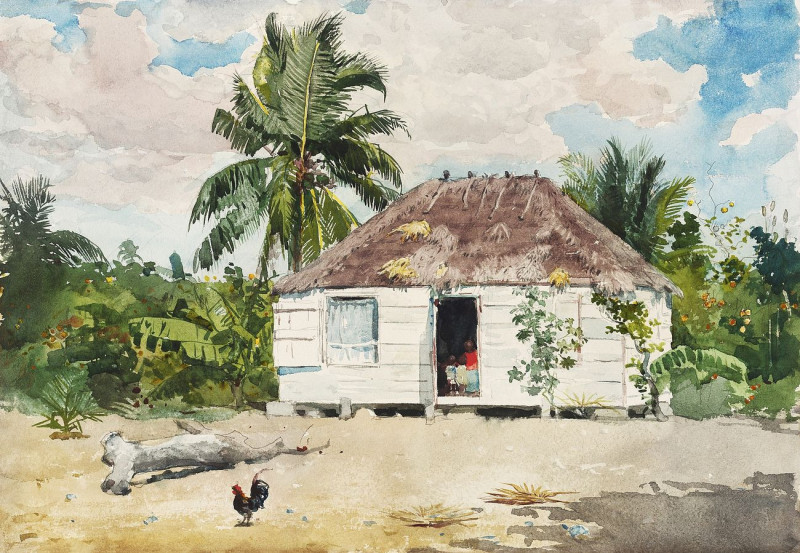Façade Brown-Green (1919)
Technique: Giclée quality print
Recommended by our customers
More about this artwork
"Façade Brown-Green" is a striking 1919 composition by Swiss-German artist Paul Klee, celebrated for his innovative explorations in abstract art. This enchanting painting features an interplay of geometric forms and harmonious colors that evoke the complex surface of a building façade. Klee’s masterful use of brown and green tones, accentuated by hints of yellow and subtle traces of other colors, creates a rich visual texture that seems to oscillate between two- and three-dimensional perspectives.The elements within the painting appear segmented and overlaid, reminiscent of architectural components like windows, archways, and staircases. These forms are abstracted into simplified shapes, indicating Klee’s movement toward a more symbolic representation rather than a literal one. This abstraction allows the viewer’s imagination to wander, reconstructing the fractured architectural elements into a cohesive whole. The layers and the depth in the piece suggest a labyrinthine cityscape, inviting viewers to delve into the complexities of urban structures and the beauty of architectural decay."Façade Brown-Green" demonstrates Paul Klee’s fascination with the underlying patterns of nature and human-made environments, capturing the essence of his subjects through minimal yet expressive means.
Delivery
Returns
Paul Klee was a Swiss-born German artist. His highly individual style was influenced by movements in art that included expressionism, cubism, and surrealism. Klee was a natural draftsman who experimented with and eventually deeply explored color theory, writing about it extensively; his lectures Writings on Form and Design Theory (Schriften zur Form und Gestaltungslehre), published in English as the Paul Klee Notebooks, are held to be as important for modern art as Leonardo da Vinci's A Treatise on Painting for the Renaissance.































